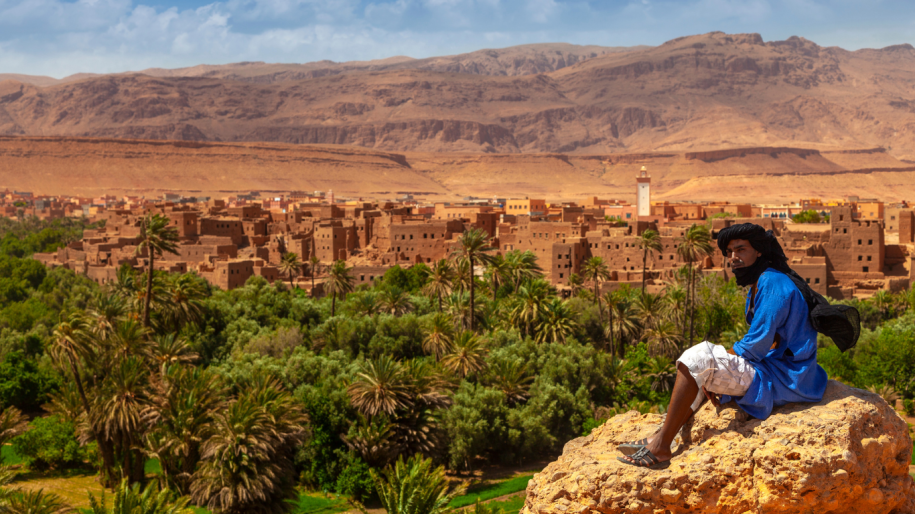Table of Contents
Morocco, a North African gem, is more than just its scenic deserts and bustling souks. At its core, it’s a land with a rich tapestry of history that effortlessly merges Cultural Morocco traditions with the vibrancy of the modern age. The Moroccan legacy is a beautiful testament to its past civilizations, amalgamated cultures, and the indomitable spirit of its people.
From the Berber tribes who first called this land home to the Arab conquests that left an indelible mark, Morocco has witnessed a confluence of cultures, each leaving its unique imprint. The land has been molded by Phoenician traders, Roman invaders, and French colonizers. Each epoch has only enhanced Morocco’s distinct Cultural in Morocco cultural identity, making it a fascinating study of resilience and adaptability.
Architectural Wonders of Morocco
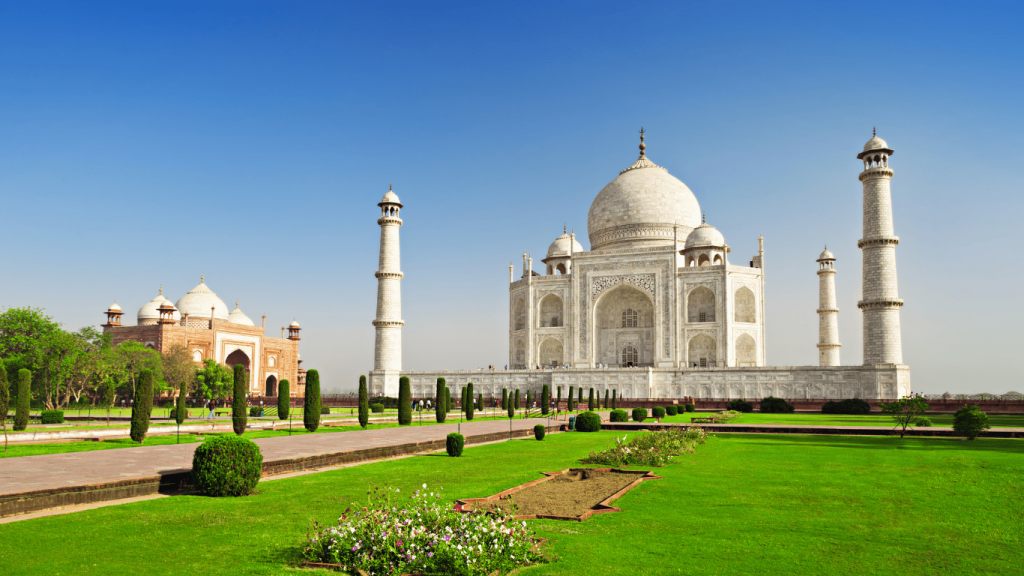
One of the most profound reflections of Moroccan history can be witnessed through its architectural marvels. As you navigate through the winding lanes of its cities, you’re likely to stumble upon structures that tell tales of bygone eras.
Medinas: Think of Moroccan architecture, and the first image that often comes to mind is the iconic Medina. Labyrinthine alleys flanked by tall, mud-brick walls that hide a world of wonder within. The Medinas, with their bustling markets and historic houses, is a delightful mix of chaos and charm.
The Majestic Riads: Dive deeper into the Medinas, and you’ll discover the Moroccan Riads, traditional houses built around courtyards. These are oases of calm amidst the Medina frenzy, often adorned with intricate zellige tiles, carved woodwork, and lush greenery.
Mosques and Minarets: The Koutoubia Mosque in Marrakech, the Hassan II Mosque in Casablanca, and countless others stand as a testament to the nation’s Islamic heritage. Their minarets pierce the skies, while the detailed craftsmanship on their walls and arches showcases the zenith of Moroccan design.
The Mosaic Of Faiths Cultural In Morocco
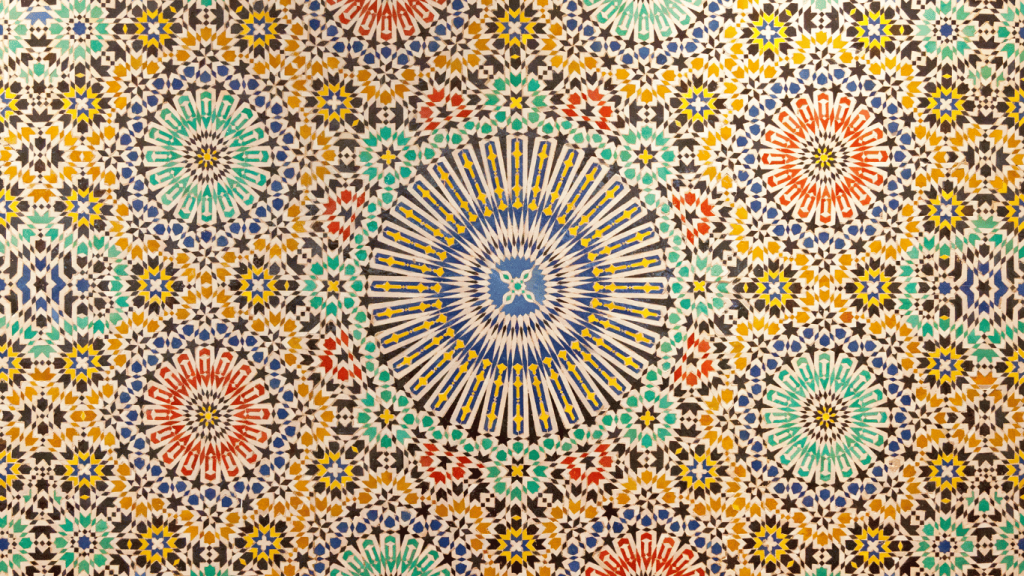
Morocco isn’t just about Islam, even though it plays a significant role. Over centuries, it has been a crucible of religions. From ancient Berber beliefs, Judaism, and Christianity to the predominant Islam, the faith landscape is as varied as its topography.
Jewish Heritage: The Mellahs or Jewish quarters in cities like Marrakech and Fez give a glimpse into the once-thriving Jewish community. Synagogues, cemeteries, and historic homes whisper tales of times when Jews and Muslims lived side by side, in harmony.
Christianity’s Mark: While lesser-known, Christianity’s influence, primarily through Roman and later European occupations, is evident. The Roman ruins at Volubilis, for instance, showcase early Christian influences in the region.
Islamic Soul: Today, Islam is the beating heart of Moroccan spirituality. From the muezzin’s call to prayer echoing five times a day to the fasting month of Ramadan and the festive Eid celebrations, it’s a faith deeply intertwined with daily life.
Handcrafted Artistry of Morocco
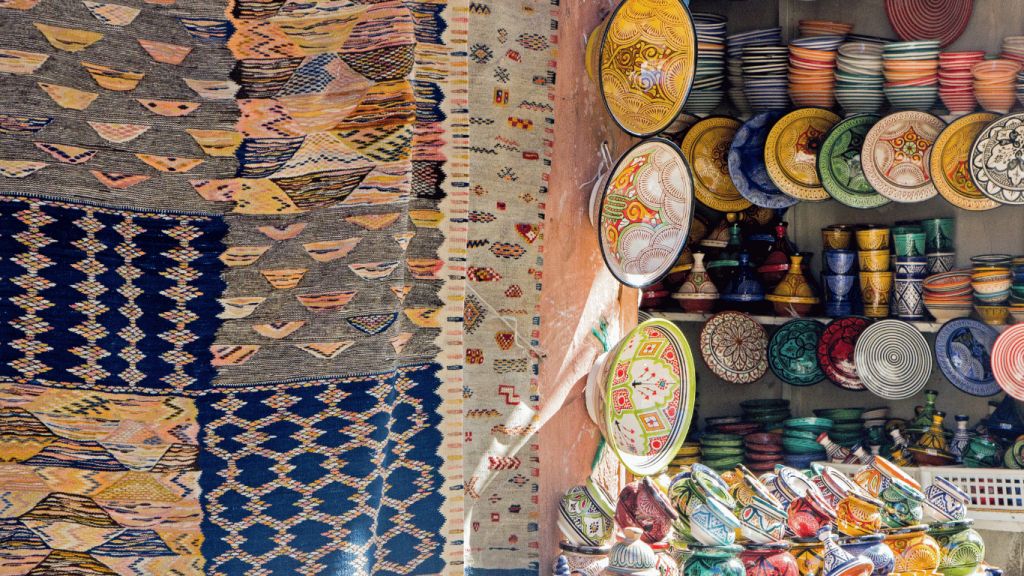
Morocco is a treasure trove for those who appreciate handcrafted art. Each region boasts its own specialty, reflecting the resourcefulness and artistry of its people.
Pottery and Ceramics: Towns like Safi and Fes are renowned for their ceramics. Whether it’s the cobalt blue of Fes or the multi-colored designs of Safi, Moroccan pottery is a dance of fingers, clay, and fire.
Zellige Tiles: These are intricately designed tiles that adorn palaces, mosques, and homes. Craftsmen in Fes and Meknes have been mastering this art for centuries, transforming geometric designs into stunning mosaics.
Berber Rugs: Woven by the indigenous Berber tribes, these rugs aren’t just floor coverings. They are stories told in vibrant colors and patterns, each unique, each echoing the soul of its maker.
Leather Craftsmanship: The tanneries of Fes are legendary. Here, leather is dyed using age-old methods, resulting in bags, shoes, and jackets of unparalleled quality.
Marrakech To Merzouga 3 Days Desert Tour
In the vast landscape of Moroccan artistry, these are just a few gems. The country is a haven for art lovers, with each alley, each souk, and each village offering its own piece of handcrafted wonder.
The Melody of Moroccan Words and Stories
Dive into the heart of Morocco, and one can’t help but be entranced by its melodious language and its rich tapestry of stories. The country, with its diverse history, is a haven for those seeking linguistic beauty and tales that date back centuries.
The Arabic Influence:
Moroccan Arabic, known as Darija, is the predominant language spoken in the country. This dialect is a unique fusion of Classical Arabic and Amazigh languages, with splashes of French and Spanish. As you navigate the bustling streets of Marrakech or the tranquil alleys of Chefchaouen, you’ll hear the ebbs and flows of Darija – a true testament to Morocco’s multifaceted culture in Morocco’s history.
Literary Achievements:
Moroccan literature, both ancient and modern, is a reflection of its societal changes, political movements, and deep-rooted traditions. From the poetic verses of the pre-Islamic era to the contemporary novels discussing modern-day dilemmas, Moroccan literature is vast and varied. Notable authors like Tahar Ben Jelloun and Laila Lalami have graced the global stage, bringing Moroccan tales to the limelight.
A Journey Through Morocco’s Culinary Delights
When it comes to Moroccan cuisine, one is truly in for a gastronomic adventure. The country’s culinary landscape is as diverse as its terrain, with every dish telling a story.
Tagines and Couscous:
The tagine, named after the earthenware pot it’s cooked in, is a slow-cooked savory stew, usually made with meat, poultry, or fish. The amalgamation of spices like saffron, turmeric, and ginger makes it a treat for the senses. Another staple, couscous, is a fine wheat pasta steamed over a stew, resulting in a fluffy accompaniment to the main dish.
Street Delicacies:
When you venture into the local markets or ‘souks’, they greet you with an array of street foods. From the spicy Merguez sausages to the delectable pastries filled with almond paste, every bite is a revelation.
The Tapestry of Moroccan Attire
Moroccan clothing isn’t just about aesthetics; it’s an embodiment of its history, climate, and societal norms.
The Djellaba:
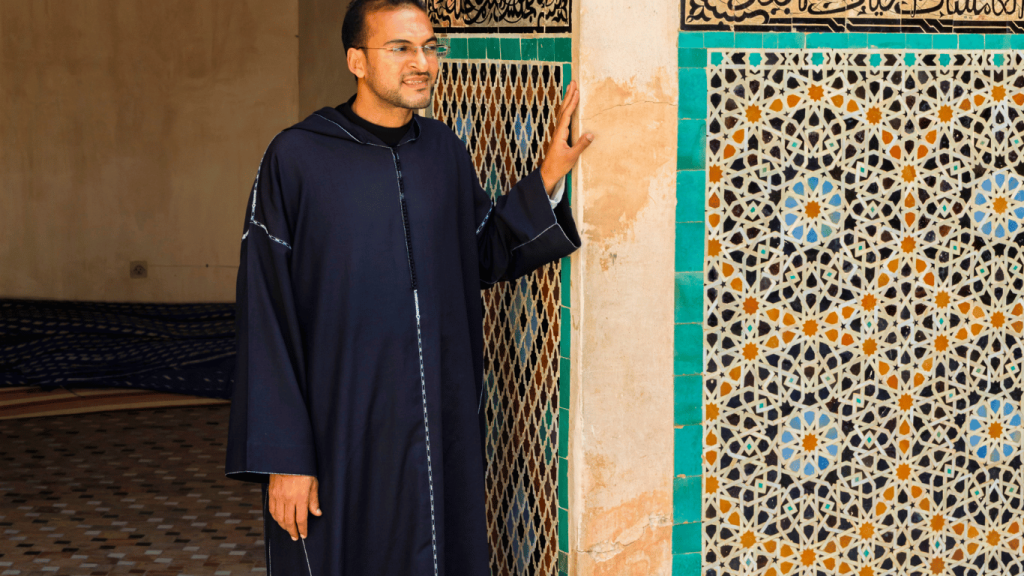
This long, loose-fitting robe, complete with a hood, is a common sight across cultures in Morocco. Made from wool in the chilly regions and cotton in the warmer areas, the djellaba is both functional and stylish.
Caftans and Takchitas:
For more formal occasions, especially weddings, Moroccan women don the vibrant caftan or its more elaborate counterpart, the Takchita. Adorned with ornate embroidery and sequins, these garments are a true reflection of Moroccan Cultural in Morocco craftsmanship.
In essence, Morocco, with its linguistic wonders, culinary marvels, lively celebrations, and sartorial elegance, offers an enriching experience for all who seek to understand it. This nation, steeped in history and culture, invites you to lose yourself in its tales, tastes, sounds, and sights.
Games and Sports: Morocco’s Traditional Passions
Dive deep into the heart of Moroccan culture, and you’ll discover a world where games and sports serve as an integral thread binding communities together. The traditional games of Morocco are not merely recreational activities; they are brimming with history, culture, and centuries-old traditions.
Koura: This is Moroccan soccer. Wander through the serpentine alleys of Marrakech or Fez in the late afternoon, and you’ll find children passionately playing Koura. The passion Moroccans harbor for football is undying and has birthed internationally recognized athletes.
Taourirt: A traditional wrestling form that resembles Japan’s Sumo. It’s not just about strength but skill, agility, and technique.
Horseback Games: Moroccan history deeply entrenches festivals like Tbourida or Fantasia. Here, groups of horse riders perform synchronized charges while firing muskets into the air. This mesmerizing performance is both a sport and an art, showcasing Moroccans’ deep-rooted love for horses and equestrian activities.
Marital Bliss: The Moroccan Way
Moroccan weddings are not just a union of two souls; they’re a vibrant, colorful, and multi-day celebration that encompasses the very essence of the country’s rich traditions.
Pre-Wedding Rituals: The Moroccan bridal experience kicks off with Henna Night. This is where the bride, her family, and close friends gather as an artist adorns her hands and feet with intricate henna patterns, symbolizing joy, beauty, and spiritual awakening.
The Wedding Day: A stunning display of Moroccan fashion, the bride might change outfits multiple times, each dress more dazzling than the last. From the radiant Kaftan to the luxurious Takchita, the clothes are a sight to behold.
Music and Dance: No Moroccan wedding is complete without traditional Berber music and the captivating Ahidous dance.
The Wanderlust of Moroccan Nomads
The allure of the Sahara, with its vastness and mystery, has been home to the Berber nomads for centuries. These nomads, often called the ‘Blue Men of the Sahara,’ have a unique lifestyle adapted to the challenges of the desert.
Tents and Traverses: They make their tents from camel or goat hair, designing them for mobility and protection. As they traverse the desert, they form temporary settlements, always respecting the desert’s sanctity.
Cultural Exchange: The Berber markets or Souks act as melting pots. Here, nomads trade goods, stories, and sometimes even musical performances, creating a tapestry of shared culture and tradition.
Safeguarding the Soul of Moroccan Traditions
In a rapidly globalizing world, there’s a pressing need to preserve Cultural in Morocco Morocco’s unique cultural heritage. The country has taken significant strides in ensuring that the core of its traditions remains untouched.
Medinas: UNESCO has designated the Medinas, such as the one in Fez, as World Heritage Sites, aiding in the preservation of their ancient architecture and cultural significance.
Craft Preservation: Initiatives are actively promoting and conserving age-old Moroccan crafts, guaranteeing artisans receive fair compensation and facilitating the transfer of their skills to the next generation.
Cultural Festivals: Annual events like the Fes Festival of World Sacred Music not only promote Moroccan artistry but also help preserve the soul of its many traditions.
Conclusion:
Morocco’s tapestry, woven with threads of history, tradition, and culture in Morocco’s culture, paints a vibrant and enchanting picture. From the bustling medinas that pulse with life to the serene vastness of the Sahara; from the ancient games played in the streets to the silver screen spectacles, and from the soulful melodies of Gnaoua to the culinary masterpieces, Morocco captivates and enthralls.
The country’s efforts to preserve its age-old traditions amidst the whirlwind of modernization showcase its dedication to its roots. As the world evolves, Morocco stands as a testament to the harmonious coexistence of the past and the present, offering travelers, historians, and enthusiasts a journey they’re unlikely to forget. A journey through time, taste, sound, and sight, Morocco invites the world to experience its rich legacy and promises an embrace that’s warm, welcoming, and forever memorable.

